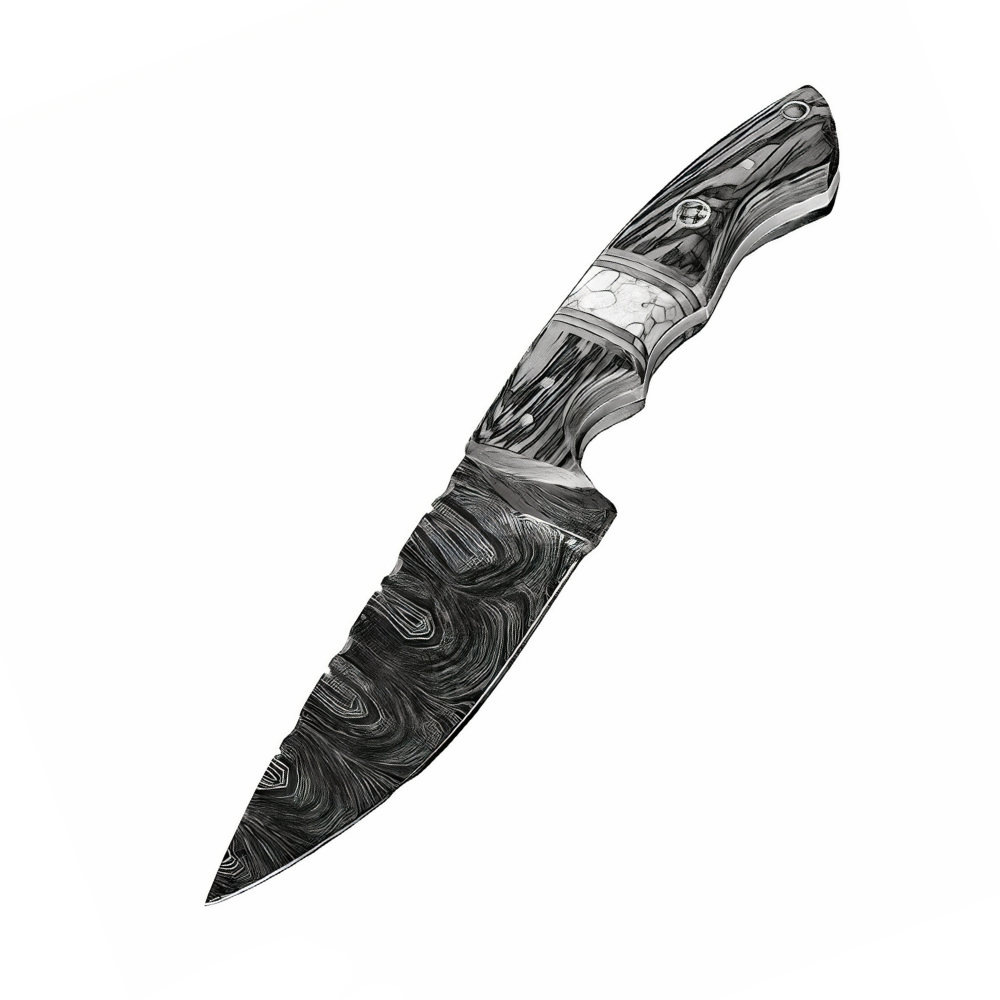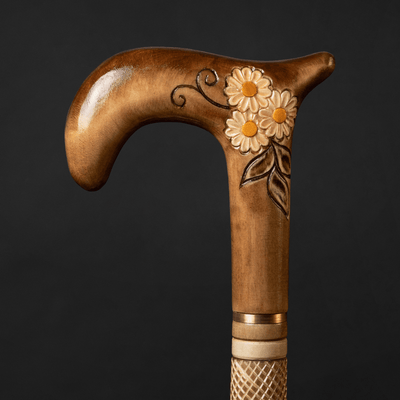You have no items in your shopping cart.
Recent Posts
-
The Art of Christmas Design: Walking Canes That Celebrate the Season in Style
-
How an Ergonomic Walking Cane Handle Prevents Hand and Wrist Strain?
-
How to Walk With a Cane Correctly to Avoid Back or Shoulder Strain?
-
5 Common Mistakes People Make When Buying a Walking Cane (and How to Avoid Them)
-
How to Choose a Walking Cane That Reflects Your Personality (Not Just Your Needs)?
-
Walking Canes That Match Formalwear for Weddings and Events
MOST POPULAR NOW
16
Aug

There are many types of sticks for walking depending on reasons why you need a stick. And in this blog we want to share with you about hiking with trekking poles.
Hiking with trekking poles
Descendants of the common walking stick, trekking poles are usually used by hikers for the same reasons — to provide some rhythm to their walking pace and for added support. On flat, smooth terrain they really aren't necessary although using them can increase the exercise a hiker gets from the trip, as well as increase the speed. But on less certain terrain, or steep slopes, they provide useful lateral stability, and many turn to them for help with knee pain. They can also be used as aids when climbing rocks or boulders, to probe the depth of mud or water and facilitate a crossing. When traversing steep slopes for long distances, some hikers make one pole shorter than the other to make those trips feel more as if they were taking place on level ground.
When in use, modern trekking poles resemble ski poles as they have many features in common, such as baskets at the bottom to prevent the pole sinking through unstable surfaces, and rubber-padded handles and wrist straps to strengthen holding grip. Their maximum length is usually 135 cm (54 inches), however, unlike ski poles, they are often made in two or three sections and can be extended and retracted as necessary for use and collapsed for storage or transport. When fully retracted it may be possible to attach them to a backpack. Some poles come with spring-loaded sections to aid walking under normal conditions and to reduce wrist strain, but such devices may only add unwanted weight and noise to the poles. They are usually made from lightweight aluminum or carbon fiber.
"Nordic walking", a type of walking with poles, has been found to have beneficial effects on resting heart rate, blood pressure, exercise capacity, maximal oxygen consumption, and quality of life in patients with various diseases, and to be superior to brisk walking without poles and in some endpoints to jogging.
Whether you're thru-hiking across the country or heading out on a quick weekend jaunt, trekking poles can add a lot of stability and comfort to your hike. Trekking poles shouldn't be considered essential, but many hikers and backpackers love them for a variety of reasons.
It has been shown that using walking poles will reduce the accumulated stress on the feet, legs, knees and back by sharing the load more evenly across the whole body. This is especially true when carrying a heavy pack on your back.
Trekking poles can also:
- Protect knees, especially when walking down steep hills.
- Improve your power and endurance when walking uphill.
- Aid balance on uneven trails.
- Improve posture, making walkers more upright as they walk and in turn this can help breathing.
- Increase speed, especially going downhill.
- Provide extra stability.
- Reduce fatigue and improve endurance.
- Burn more calories by providing an upper body work out as well as a legs workout.
- Strengthen muscles that support the spine.
- Build muscles in arms, shoulders and neck.
Whether you’ve been hiking all your life or you’re just getting into it, hiking poles offer numerous benefits, including increased stability and reduced fatigue. This makes the mighty hiking stick a tool.
Also Purchased
-
Beige Walking Cane for Ladies Chamomile Flower, Wooden Walking Stick
Introducing our beautiful Beige Walking Cane for Ladies with Chamomile Flower, a Wooden Walking Stick that is hand carved and handmade, making it both pretty and unique. This walking cane...$90.00$79.50 -
Exotic Burl Wood Walking Cane – Fashionable Artisan Stick
A sculptural statement in deep, oceanic blue — this walking cane is more than a support accessory, it's wearable art. Meticulously hand-shaped from stabilized burl wood, the handle evokes the...$425.00 -
ArtWalkingSticks™ MAGIC Walking Cane, Handmade - Make to Order
This piece of art is created for those who value details. We make one of a kind, handcrafted wood and resin canes. Our Wooden Canes are completely unmatched in creativity....$430.00 -
Umbrella with Eagle Handle, Fashion Umbrella For Men
Make a bold and fashionable statement with our Umbrella with Eagle Handle - a unique and functional accessory designed for men. The striking eagle handle is the highlight of this...$325.00 -
Fashionable Lion Shoehorn Long Handle, Pearly Brown Shaft, Handmade
Introducing our Fashionable Lion Shoehorn, a handcrafted, long-handled shoe horn with a pearly brown shaft that's both stylish and practical. The intricate Lion design adds a touch of elegance to...$240.00 -
ArtWalkingSticks™ MAGIC Red Walking Cane - Unisex, Handmade
This piece of art is created for those who value details. We make one of a kind, handcrafted wood and resin canes. Our Wooden Canes are completely unmatched in creativity....$425.00
































